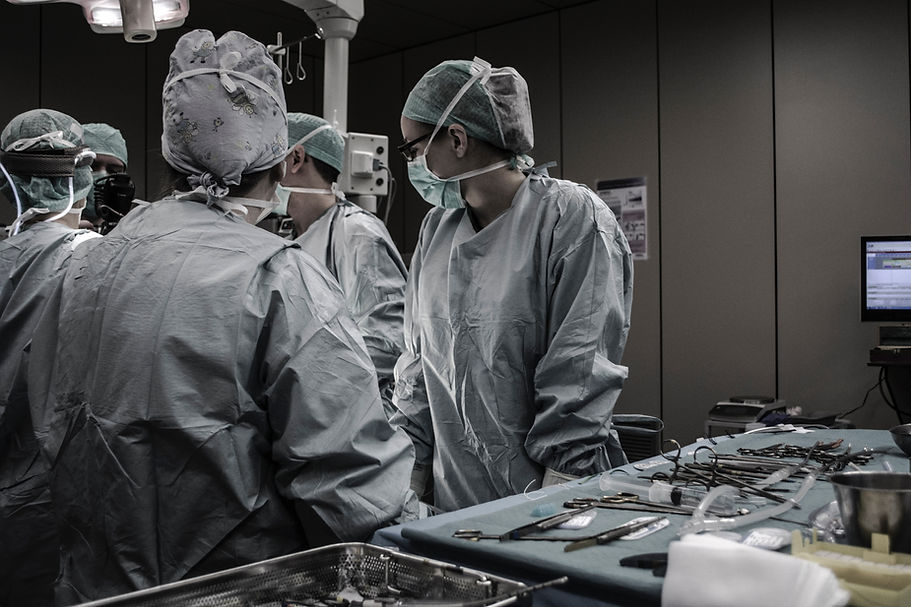ㅤ

Article by Tyrone Baines III & Roberta Lock
Preserving Livers for Transplantation
Source Publication:
Transplantation of a human liver following 3 days of ex situ normothermic preservation, Nature Biotechnology, 2022
Pierre-Alain Clavien et al., Mark W. Tibbitt Lab
Organ transplants are an important part of medicine and give individuals a second chance at life. Because of the opportunity it provides, there is a high demand for many different organ transplants including the heart, kidney, and liver. The current methods to preserve the organs leave a short window of time (usually less than 12 hours) to assess, transport, and implant donor organs. Any longer and the organ starts to die. Increasing this window of time that the organ can be preserved prior to transplant would be greatly beneficial for assessing the viability of otherwise discarded organs for transplant. This article talks about the successful transplant of a human liver, that was preserved for several days prior to transplantation.
What did these researchers do?
A new way of preserving organs was developed that uses a perfusion machine to extend the available time an organ can stay ex situ (out of the body) and still survive. The machine, known as the Wyss machine, is designed to mimic blood supply to maintain the organ. This includes automated remote control of important parameters by monitoring temperature, sugar, waste, and oxygen in and out of the liver.

Long-term Ex Situ Machine Perfusion of Injured Liver
Why is this important?
The shortage of organs remains a pressing issue in the medical field. Due to the short window of time organs can be preserved, comprehensive analysis cannot be completed, thus many organs are considered unusable due to the potential of damage or infection. Longer preservation times can allow for these assessments to determine suitability prior to transplant. This means that some organs originally considered unfit for transplantation could be deemed safe and used, increasing overall access to donor transplants. A longer window also means the organ can travel longer distances, making the locality of the donor and recipient less of a limitation. This research also opens up avenues towards recovery of unfit organs prior to transplantation. Ultimately, these advances can make the demanding surgery into an elective, more planned procedure
How did the researchers do this?
A damaged liver was removed from a 29-year-old patient who suffered from invasive desmoid fibromatosis, leading to a 4 cm tumor in the liver. The scientists hooked the liver up to the Wyss machine and kept it in cold preservation for 4 hours. Initial analyses discovered that there were benign lesions within the organ. Before the transplantation, the recipient- a 62-year-old male with cirrhosis and hypertension- was informed of the issues with the liver and agreed to the surgery. Following surgery, it took a few days to recover liver function. On the 5th day, the patient suffered kidney failure, which resolved after a few more days. After 12 days the patient was released from the hospital with no signs of rejection from the body. No other issues occurred such as inflammation or bile leakage leading to the operation being a success. The patient returned to normal activities 2 months later, and 1 year later still has no issues with the transplanted organ.
What comes next?
The scientists in the experiment have shown that there are new and better ways to preserve vital organs for longer periods of time. They were able to preserve the organ and revitalize it outside of the human body. While the study decided that it was possible to preserve the organ longer, there is still much to do before this can become a common practice. The experiment only has one patient, so the procedure needs to be repeated several times before we can firmly conclude that this method of organ preservation works well. It’s also necessary to find the maximum amount of time this equipment can keep organs preserved. Although there are many questions yet to be answered from this study, we now know we have started to develop a potential real solution to a pressing problem in medicine.